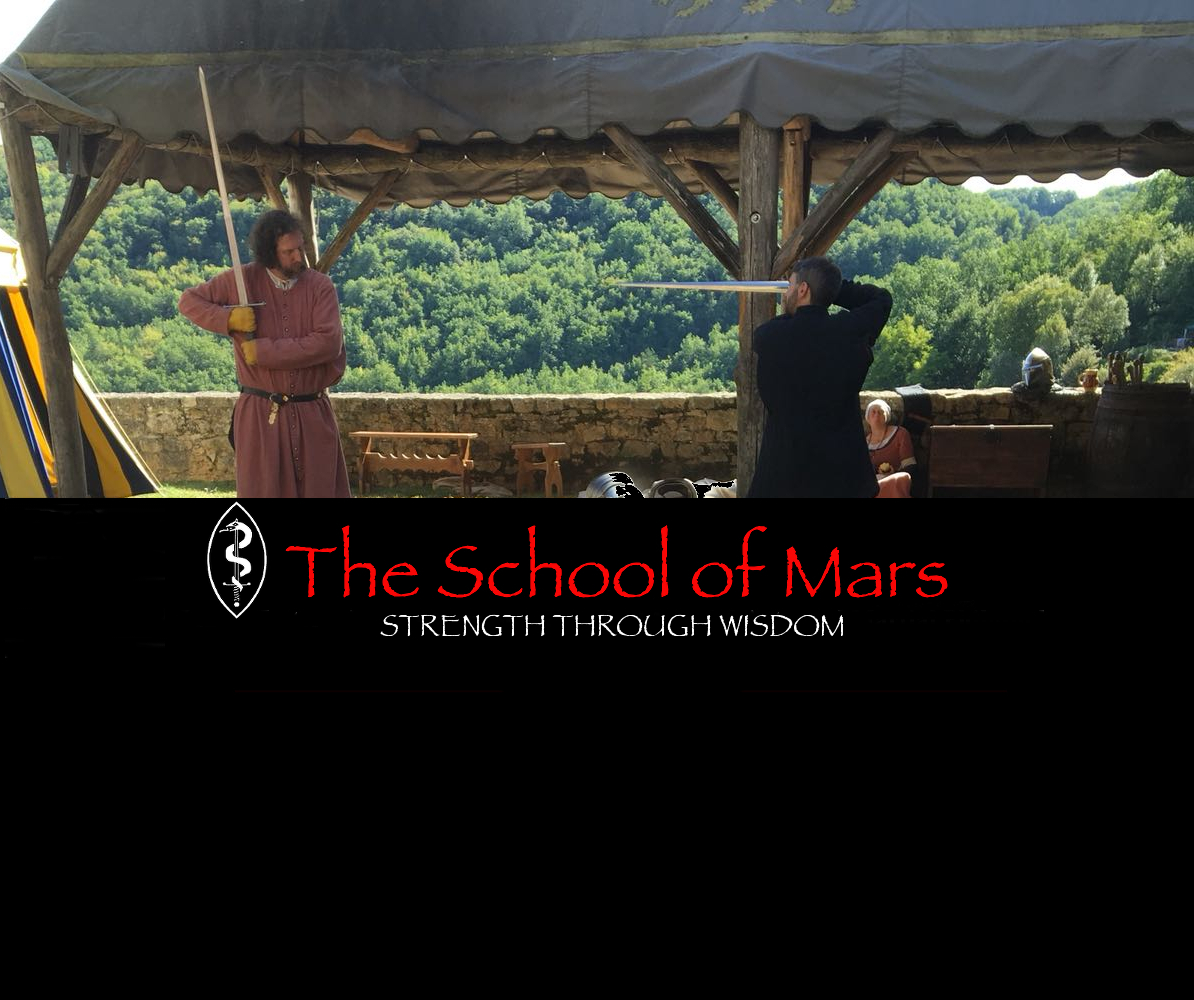
Why we fight
The likelihood that any of us will ever engage in real life or death combat with a sword is, to put it mildly, slim. What, then, is our motivation for practising historical martial arts today? Each practitioner is going to have a slightly different answer to this question.
For myself, my interest can be broken down into three approaches: the historical, the practical, and the philosophical.
The Historical Approach
As an historian, I have dedicated much of my career to studying surviving arms, armour, fencing treatises, and other historical sources to better understand how people fought. Not only does this inform my practice, but it also deepens my general understanding of the historical period in question. However, this approach can only take us so far. The surviving historical record is limited, and I remain sceptical of our ability today to recreate a comprehensive system of that is fully in line with practises which died out centuries ago. Nonetheless, there is much that we can learn.
The Practical Approach
Then of course there’s practising swordsmanship as a martial art. In addition to practising the techniques themselves, this also involves honing our physical and mental abilities. We condition our bodies by cultivating strength, flexibility, speed, and sharp reflexes. We also gradually acclimate our bodies to postures and actions to which they would otherwise not be naturally inclined to execute. A sizeable chunk of physical training is teaching the body to get out of its own way. Honing the mind includes cultivating the ability to read an opponent and their intentions, maintain focus, overcome instinctual responses to flinch or flee when attacked, and execute the appropriate techniques at a moment’s notice.
The Philosophical Approach
Yet my motivation for studying swordsmanship includes a third approach, the philosophical, amounts to taking the tools, techniques, and principles of swordsmanship and considering the ways in which these can serve as useful allegories or metaphors for a guiding personal conduct and achieving a deeper understanding of ourselves and the world around us. The arts of combat are saturated with symbolism spanning centuries and a diverse range of cultures, and I maintain that they have far more to teach us than simply how to fight. While the first two approaches are well established, this approach is less so, especially in a European context, so I will go into a bit more detail.
‘Warrior Codes’ such as Europe’s Code of Chivalry or Japan’s Bushido play only a very small part. Such codes do contain advice on conducting oneself honourably, however they were often the affectations of a particular segment of society, used for showcasing their status and jettisoned without a second thought when push came to shove. My inspiration comes from for example, figures such as Miyamoto Musashi, the 17th-century rascal swordsman who, through treating the art as an extension of his Zen practise, achieved the highest skill and later earned the honorific kensei (‘sword saint’). Or the martial priests on Wudang Mountain, for whom their arts are a vehicle by which they achieve harmony with the Tao. Even from practitioners of yoga in India, whereby through a series of physical and mental disciplines the yogi cultivates an enlightened consciousness.
In Europe, a similar allegorical approach to craft survives in Freemasonry, where masons use the trappings of architecture and stone carving as an allegory for fashioning a more perfected self. Whereas actual workers in stone are known as ‘Operative Masons’, those who study the craft allegorically became known as ‘Speculative Masons’. By this logic, you could refer to part of what I practise as ‘Speculative Swordsmanship’.
A holistic practice
Thus, my approach to swordsmanship, both my own practise and that which I teach, strives to be a holistic discipline. I study the historical sources for insight and inspiration, but do not consider the art to be utterly bound by them lest it fossilise and become more re-ennactment than a living system. I cultivate the physical and mental skills to perform to my highest possible abilities. Finally, my practise does not end when a training session is finished. For training not only gives me insights which guide me through daily life, but also a toolkit which, when studied, can yield invaluable wisdom.
With these combined approaches, one can, today, live by the Way of the Sword.
